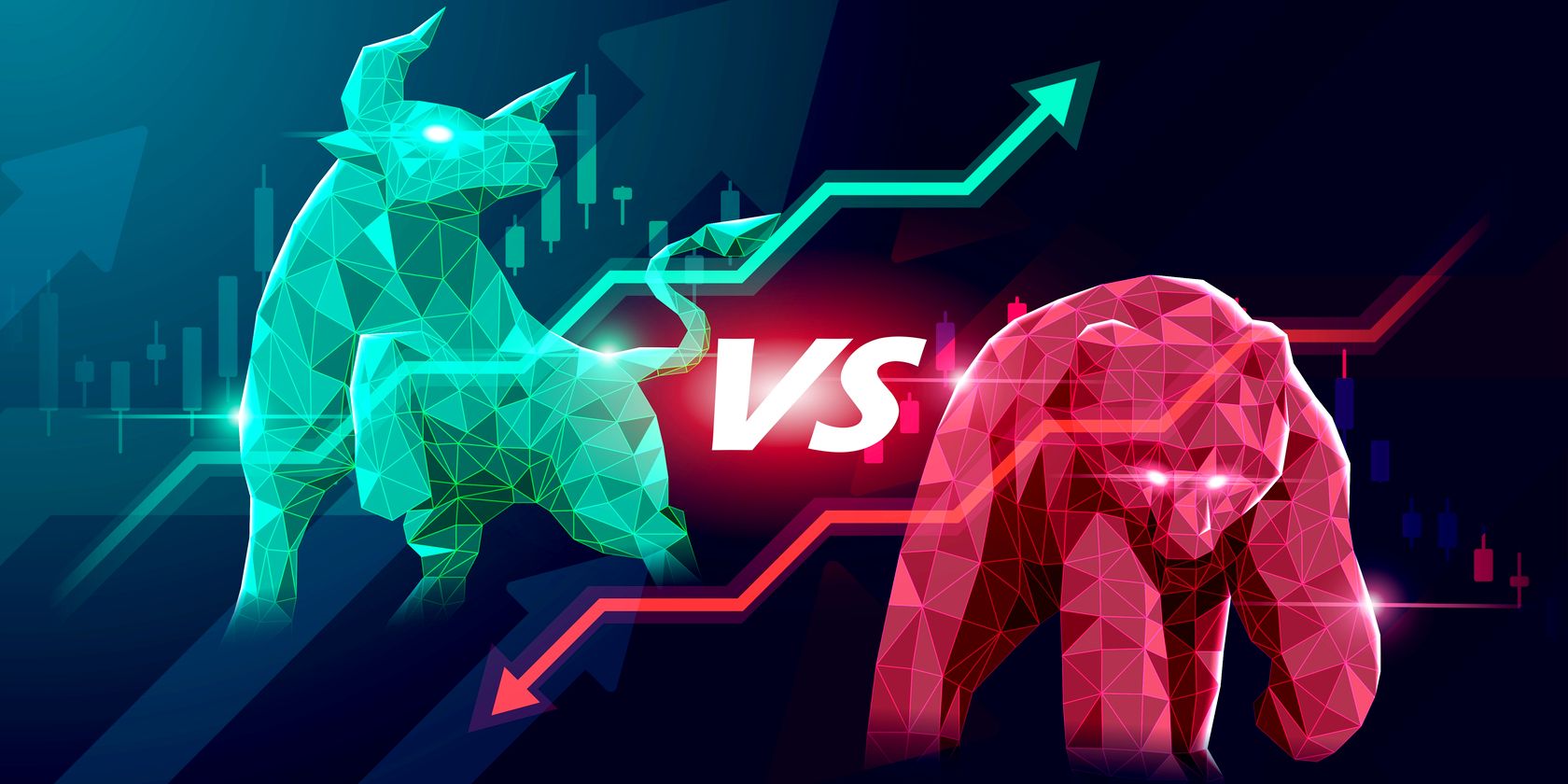
Cryptocurrency markets are volatile. Prices can rise and fall rapidly in a matter of hours, and there’s just no knowing where a token will head next. So, it’s no surprise that there are terms used to describe big fluctuations in the market. The terms “bull” and “bear” or “bullish” and “bearish” are what crypto owners use to describe big market changes, but what does each term actually mean? Today, we’ll run through what kind of fluctuations these words refer to.
Where Did These Terms Originate?

Though “bull” and “bear” are now commonly used in the crypto world, they did not originate there. In fact, these terms were first used in the traditional stock market. It is thought that these two words were chosen because of the way bulls and bears fight. While bulls steer their horns upwards, bears point their heads downwards in combat.
While the first-ever use of these terms is not known, it is estimated that they became popular in the eighteenth century. This is when buying or selling a bearskin was used as a term for buying or selling commodities. So, the use of the “bear” descriptor came before the “bull.” Even the poet Alexander Pope used the idea of the bull and the bear in his works in the early 1700s.
“Bull” and “bear” are both also used to describe individuals or organizations that act in a certain way. Bulls buy stock under the assumption that the market will soon see a rise, while bears do the same, but because they expect a decline, instead.
So, how are these terms used in the crypto industry?
What Is A Bull Market?

A bull market is what we see when prices within a market are beginning to rise or are strongly expected to rise. If prices rise over 20% after two 20% declines take place, it is considered to be a bull market or bullish. When markets are bullish, it is seen as a sign that it is doing very well and is growing.
High demand for stocks is also seen in a bull market, and price increases are generally seen over a sustained period. However, given how volatile the crypto market has always been, people tend to use the terms bullish and bearish a little more loosely. The price of a coin can change by 20% in the space of a few hours or days, and such a change is often described as bullish or bearish.
To imagine what a bull crypto market looks like, let’s take a look at what happened in the autumn and winter of 2021. Between September and November, the prices of many crypto tokens began to rise significantly. Bitcoin, for example, saw a price increase of around 60% (from $40,000 to $67,000) in the space of just a few weeks. Other coins, like Ethereum, Binance Coin, and Solana, also saw big boosts in value.
But, soon after this impressive market performance, things started to change. This is where bear markets come into play.
What Is A Bear Market?

A bear market is essentially the opposite of a bull market. This is what is seen when market prices drop by more than 20% over a period of time. Such activity is often accompanied by a decline in stock demand and waning investor interest. This kind of market can last for as little as a few weeks or can stretch for decades.
However, many see bear markets as an opportunity to buy stocks when their prices are low (under the assumption that prices will eventually increase again). That’s why the phrase BTD, or “Buy The Dip” is commonly used among crypto investors. So, when was the last time the crypto market could be considered bearish?
If you’re into crypto at all, you most likely saw the huge price crashes seen at the end of 2021. For myriad reasons, including panic surrounding the new Omicron variant, the value of the whole crypto market dropped drastically. The market leader, Bitcoin, saw a drop of over 50% (from $67,000 to $35,000) in the space of around six weeks, and many other cryptos suffered a similar decline.
Though the market seems to be recovering, the panic surrounding this crash is still echoing through the industry, and we may indeed see a similar event again in the near future.
Who Knows Where The Crypto Market Will Go Next
There’s really no knowing whether the next big change in the crypto market will be bullish or bearish. So many different factors can affect how the market behaves, so we can only wait for time to tell what price trends we’ll be seeing next. Bull or bear, what’s your prediction?
Read Next
About The Author
This news is republished from another source. You can check the original article here

Be the first to comment